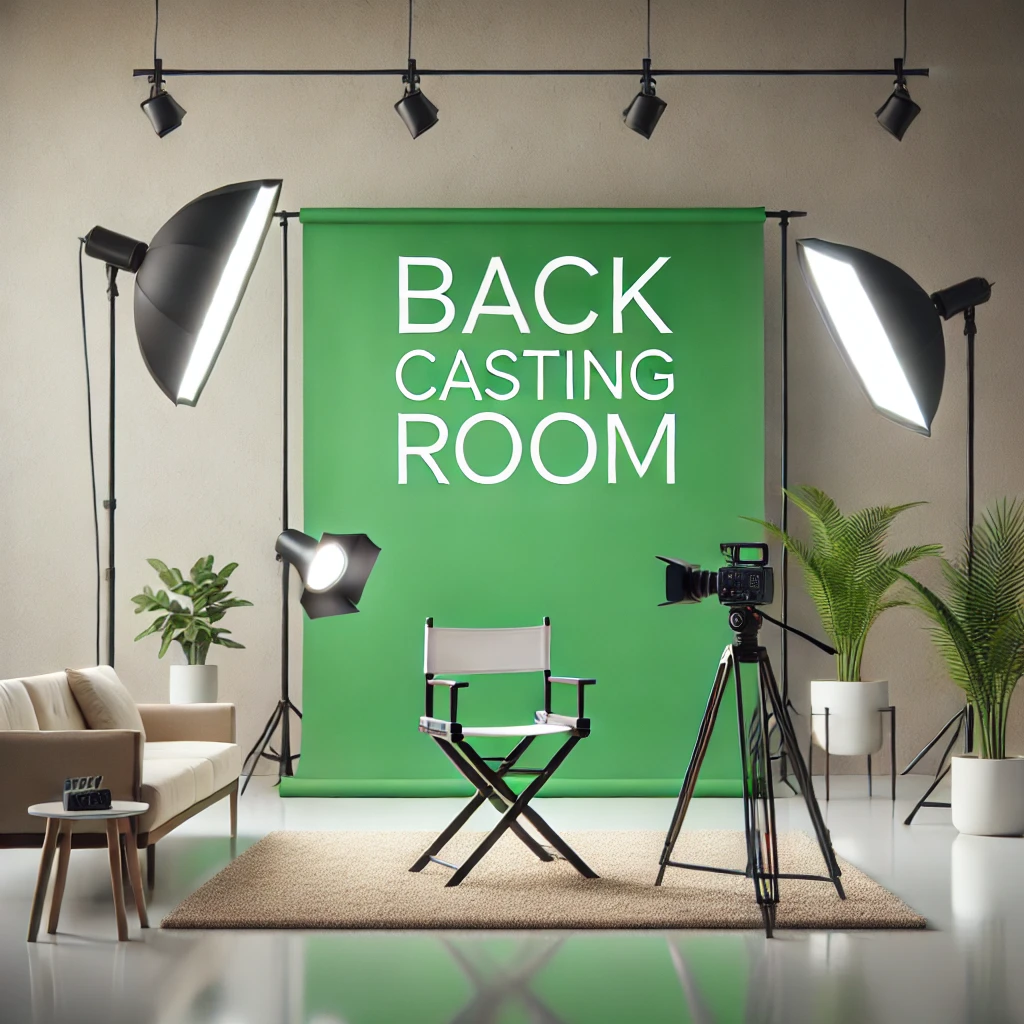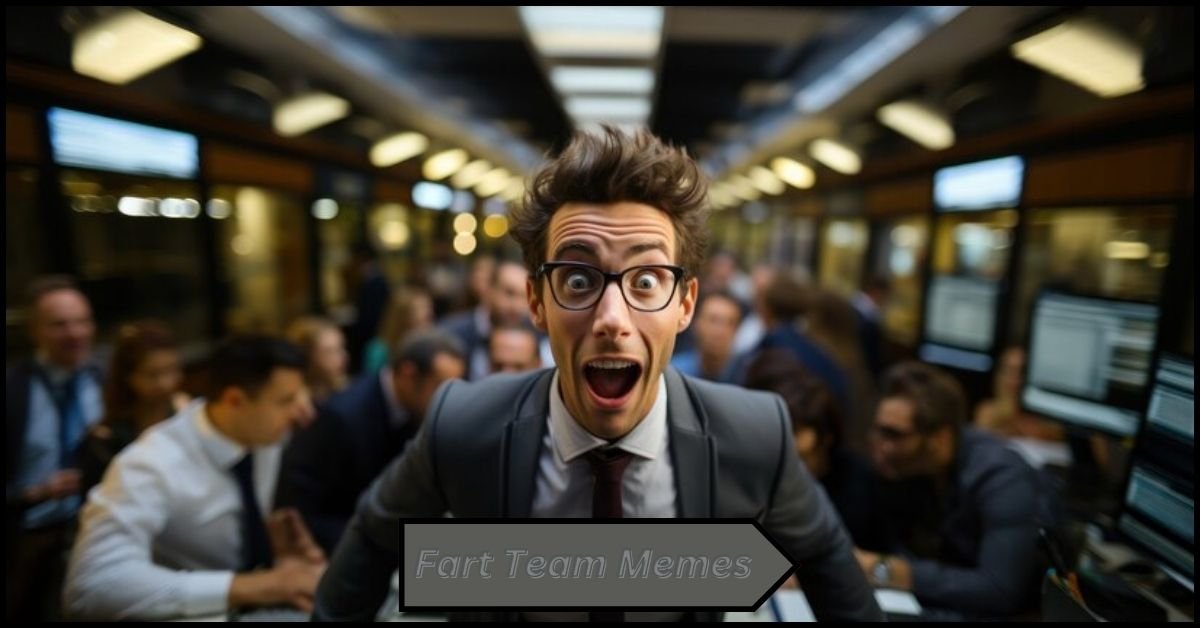Setting up the perfect back casting room is essential for anyone serious about their craft, whether you’re tasting metals, resins, or other materials. A well-organized and equipped space not only enhances productivity but also ensures safety and efficiency.
This comprehensive guide will cover essential equipment, room layout, safety measures, and more.
Understanding the Purpose of a Back Casting Room
A back casting room is a dedicated space for casting materials into molds. It must be equipped with the right tools and safety measures to handle the complexities of the casting process, whether working with metals, resins, or other materials. The primary goal of this space is to create a controlled environment where the casting process can be carried out efficiently and safely.
The Importance of a Dedicated Space
A dedicated casting room minimizes contamination and distractions, allowing for more precise work. It also helps maintain consistent environmental conditions crucial for specific casting processes, such as temperature and humidity.
Key Considerations for Setup
When setting up a back casting room, consider the space size, ventilation, lighting, and materials you will be working with. These factors will influence the layout and the kind of equipment you will need.
Essential Equipment for a Back Casting Room
The right equipment is critical to a successful back-casting operation. Your equipment needs will vary depending on the materials you’re working with, but some items are universally necessary.
Melting Furnace
A melting furnace is a must for metal casting. This equipment heats metals to their melting point before pouring them into molds. Furnaces come in various sizes and types, so choose one that matches your needs.
Casting Molds and Mold-Making Materials
Molds are the backbone of the casting process. Depending on your casting material, you’ll need high-quality molds made from silicone, metal, or sand. Keep mold-making materials on hand to create custom molds for unique projects.
Protective Gear and Safety Equipment
Safety should always be a top priority in a casting room. Essential safety gear includes gloves, heat-resistant aprons, safety goggles, and respirators. Additionally, fire extinguishers and first aid kits should be readily available.
Ventilation and Fume Extraction Systems
Casting processes often release harmful fumes. Proper ventilation ensures these fumes are safely removed from the workspace. This setup helps maintain a healthy working environment.
Designing the Ideal Room Layout
The layout of your casting room can significantly impact your workflow and safety. A well-planned layout ensures that all equipment is easily accessible and that there is sufficient space for each stage of the casting process.
Zoning the Workspace
Divide your casting room into distinct zones: material storage, melting, casting, and finishing. This separation helps keep the workflow organized and reduces the risk of accidents.
Workbench and Tool Organization
A sturdy workbench is essential for mold preparation and other hands-on tasks. Equip your bench with tool organizers and storage solutions to keep everything within reach.
Lighting Considerations
Good lighting is crucial in a casting room. Use a combination of overhead lights and task lighting to ensure that every part of the room is well-lit, especially the workbench and casting areas.
Safety Protocols and Best Practices
Working in a casting room involves several safety hazards, from high temperatures to toxic fumes. Establishing and following strict safety protocols is non-negotiable.
Proper Handling of Materials
Always handle casting materials with care, following the manufacturer’s instructions. This includes understanding each material’s melting points, potential hazards, and safe disposal methods.
Emergency Preparedness
Ensure your casting room has emergency exits, fire extinguishers, and first aid kits. Conduct safety drills regularly and educate everyone on how to handle accidents.
Maintaining and Upgrading Your Casting Room
A backcasting room requires regular maintenance to keep equipment in good working order and to ensure a safe environment.
Equipment Maintenance
To prevent malfunctions, regularly inspect and clean your equipment. This includes checking the Furnace, mold, and ventilation systems for wear and tear.
Upgrading Tools and Technology
Stay updated with the latest advancements in casting technology. Upgrading your tools can improve efficiency and the quality of your castings. Consider investing in digital thermometers, automated pouring systems, and advanced fume extraction solutions.
Environmental Considerations
With increasing awareness of environmental impact, it’s essential to consider eco-friendly practices in your casting room.
Waste Management
Proper disposal of waste materials, such as spent molds and leftover metals or resins, is crucial. Set up a waste management system that includes recycling whenever possible.
Energy Efficiency
Consider energy-efficient equipment and practices, such as using an energy-efficient furnace and turning off unused equipment. This reduces your carbon footprint and cuts down on energy costs.
Frequently Asked Questions (FAQs)
What is the most crucial piece of equipment in a backcasting room?
The melting furnace is often considered the most critical equipment, as it is essential for melting and pouring metals. However, the importance of other equipment, such as molds and safety gear, must be considered.
How can I improve the safety of my casting room?
Improving safety involves:
- Regular equipment maintenance.
- Proper ventilation.
- The use of protective gear.
- Adherence to safety protocols.
Additionally, ensure that all staff is trained in emergency procedures.
What are the common mistakes to avoid in a casting room setup?
Common mistakes include inadequate ventilation, improper zoning of the workspace, and neglecting regular equipment maintenance. These can lead to safety hazards and inefficient workflows.
How often should I upgrade my casting room equipment?
This depends on the frequency of use and technological advancements. However, it is advisable to review your equipment every few years and upgrade it when necessary to maintain efficiency and safety.
Can I use the same casting room for different materials?
Yes, but it’s crucial to have separate tools and equipment for different materials to avoid contamination and ensure the quality of your castings.
7.6 What are some eco-friendly practices for a casting room?
Eco-friendly practices include:
- Recycling waste materials.
- Using energy-efficient equipment.
- Reducing energy consumption by turning off devices when not in use.
Conclusion
Creating the ultimate back casting room requires careful planning, the right equipment, and a strong emphasis on safety. By following the guidelines outlined in this article, you can set up a workspace that enhances the quality of your work and ensures a safe and efficient environment. Remember to regularly maintain your equipment, stay updated with industry advancements, and implement eco-friendly practices to keep your casting room at the top of its game.





